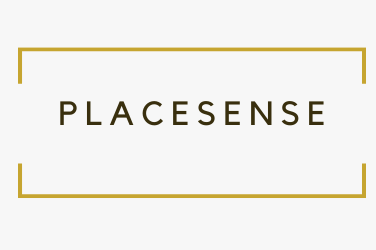A weekly review of commentary and perspectives about COVID-19 implications on communities and places.
COVID-19 has exposed the flaws of our current development patterns, land use, infrastructure, delivery of services, fiscal sustainability, public engagement, and other interconnected systems. This then requires a re-look at how we plan our communities. This is particularly personal for me, calling into question my previous education, training, and experiences.
This is needed now as communities start a phased recovery. What then are the implications – how do we plan or retrofit our communities. What could this look like – back to normal ( we always have done it this way!?) or something much different and do we have the leadership, and the will to change?!
What is the role of urban planners during the coronavirus pandemic?
Abundant Housing for All, Joshua Baun, April 7, 2020

A brief commentary about the urban planning, its role, and processes, all now in question and perhaps in need of a change from COVID-19.
“The urban planning field, like so many professions during the age of Coronavirus, is having an existential crisis. To most planners, fights over community plans, housing, and transportation projects seem trivial amidst a pandemic that could kill millions and bring down the global economy. The work of planners may seem unimportant right now, especially when compared to the life or death work of the medical profession, but it does have a role to play during this period.”
The qualities that imperil urban places during COVID-19 are also the keys to
Brookings, Metropolitan Policy Program, Tracy Hadden Loh, Hanns Love, Jennifer S. Vey

A discussion about community elements that may have enhanced the spread of the virus, but also offer opportunities for recovery, emphasizing the need for connectivity.
“Local responses to the pandemic are revealing that in the midst of mandated distancing, the economic, physical, social, and civic structures of communities significantly influence places’ ability to cope with the immediate crisis—and may be a strong predictor of their resilience and recovery in the months to come.”
Planning for life in cities after the pandemic

PUBLIC SQUARE A CNU ( Congress for the New Urbanism) Journal, David Dixon, April 28
A perspective about what comes next from a planning /design consultant emphasizing lessons learned and integration into future community planning and design.
“Crises bring us together as a community, supported by the political will to bring forth bold plans that lead to transformative change. Much of the urban renaissance we have enjoyed over the past two decades stems from the funding put forth to prevent an economic collapse following 9/11, and again following the Great Recession of 2008. As we shift our attention from crisis management to recovery, let’s nurture our newfound collective political will, and tap newfound state and federal resources to build an era of more robust, more just, healthier urban places going forward!”
COVID-19, Communities, and the Planning Profession
 AP Photo/John Minchillo
AP Photo/John Minchillo
American Planning Association, (APA) Petra Hurtado, Ph.D., APA Research Director, April 8, 2020
As a dues-paying APA member for thirty years, I am keenly interested in how they would react to COVID-19 and push to needed changes in my profession. This is only the beginning of an unknown future that I will continue to follow and post updates.
“As APA’s research director, I’d like to explain how we at APA are approaching the questions of what the impacts on cities and communities are and how this pandemic affects the planning profession. I will describe our process of identifying current pain points, how we “learn with the future,” and what we do to prepare for new uncertainties coming out of this pandemic.”
This is an important issue for our communities, but as well to me, given my investment and continuing passion for the planning profession and the need for change. There will be more to follow!


